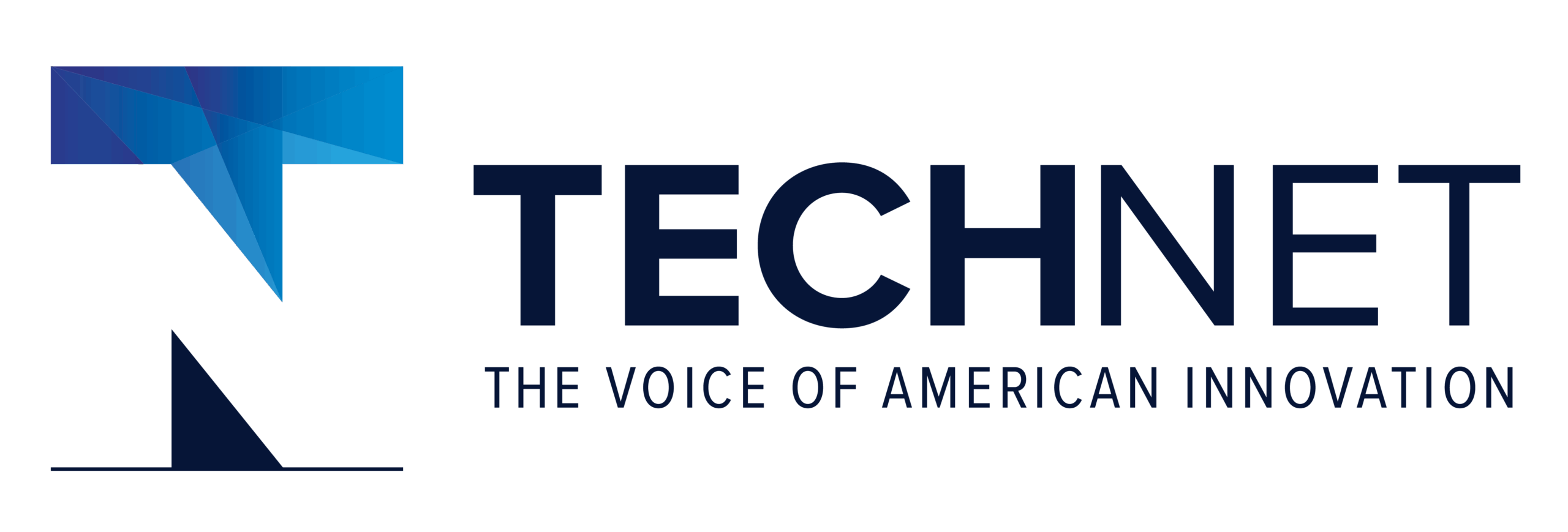Prior to the digital revolution—when the world was more predictable and moved at a slower pace—business and government invested in technology infrastructure systems that were built to last. In that context, the concept was a sensible one. However, in today’s rapidly evolving digital era, the old model—building tech infrastructure “to last”—actually undermines the security and stability of federal IT systems.
Businesses realized this fact of life a long time ago and acted boldly by using agile techniques, taking broader steps and using fewer resources to lower costs. Businesses internalized and institutionalized the maxim that modern organizations must innovate and execute at a high velocity and continuously improve, using data-driven innovation to inform decision-making.
In short, they realized they must be built to change.
Unfortunately, government IT and data security still cling to the old model. In the wake of high-profile breaches of data, it is more important than ever that all government agencies adopt the “built to change” approach.
Technology will define the 21st century. Consumers who transact business via their smartphones or other mobile devices expect the same type of functionality and security when interfacing with the government—whether it is filing taxes or renewing a driver’s license. In order to maintain high levels of engagement, well-designed software and easy access must be inherent to the process.
With the president’s promise of instituting a private-sector mindset to the White House, the administration has an opportunity to align the government’s priorities with those of the business community.
The federal government must embrace the built-to-change concept and reinvent how it functions by adopting a technology infrastructure that will better serve the American people and drive growth that benefits all citizens and improves service delivery.
This challenge aligns with the Trump Administration’s plans because it syncs with the objective of rebuilding the infrastructure of our nation.
Investments in our roads, bridges and airports must occur concurrently with modernizing our information systems technology and data security. With a $1 trillion infrastructure plan, in part using public-private partnerships, the Trump administration can take the opportunity to modernize the government IT infrastructure and bring it up to private-sector norms.
Putting government IT systems on par with those in business will realize tangible results including saving significant taxpayer money and improving the user experience while enabling government agencies to garner more trust from the public. And by utilizing securely designed software, government agencies can safely take raw data and turn it into useful analytics—all of which directly benefits citizens.
The net result: Federal IT modernizations will empower the federal workforce to make data-driven decisions that will deliver smarter, faster, and more efficient government operations. Of equal importance, cybersecurity will be more adaptive and responsive to emerging threats, and faster sprints of innovation can drive federal research and development forward.
Together, the tech sector and government can partner to lower costs and make it easier for our government technology officials to deliver better services with better outcomes.
The president told tech company leaders in the lead-up to his inauguration, “We want you to keep going with the incredible innovation. … There’s nobody like you in the world.” This resonated on all sides because it is beyond politics; this is about recognizing the critical importance of tech now and in the future.
The tech sector stands ready to Lead the Charge with our government partners in modernizing technology infrastructure and service delivery. I am confident we can find the right balance to transform our existing technologies—while driving innovation—to ensure that our nation continues to lead in the modern digital era.
Mike Gregoire is the chief executive officer of CA Technologies. He also serves on the executive council of TechNet, a bipartisan network of innovation economy CEOs and senior executives.
